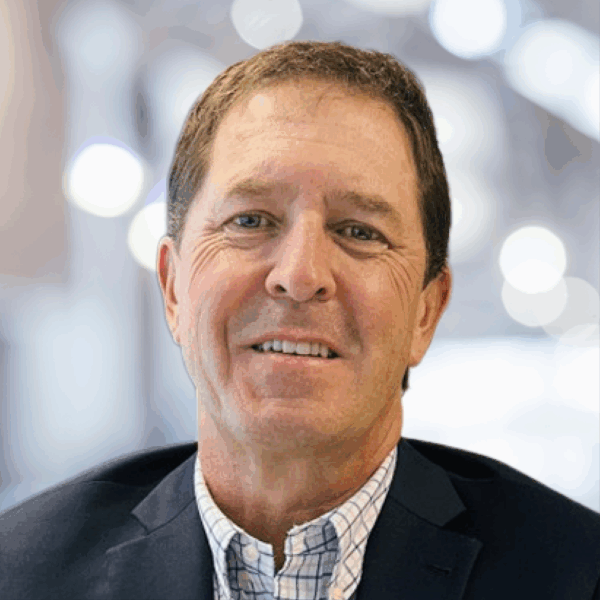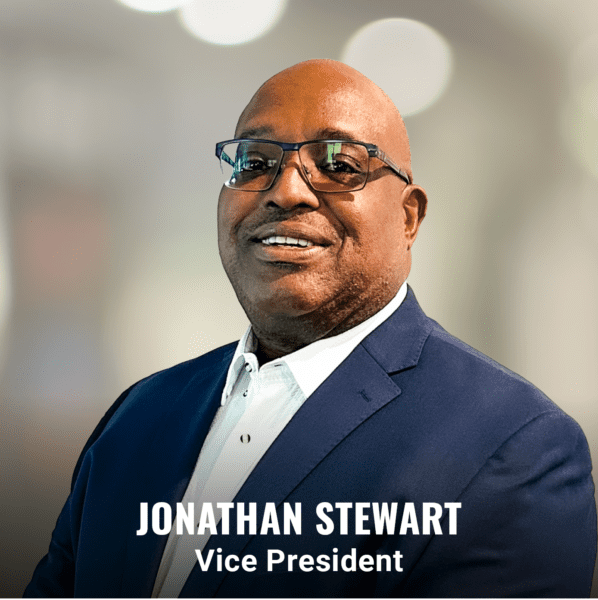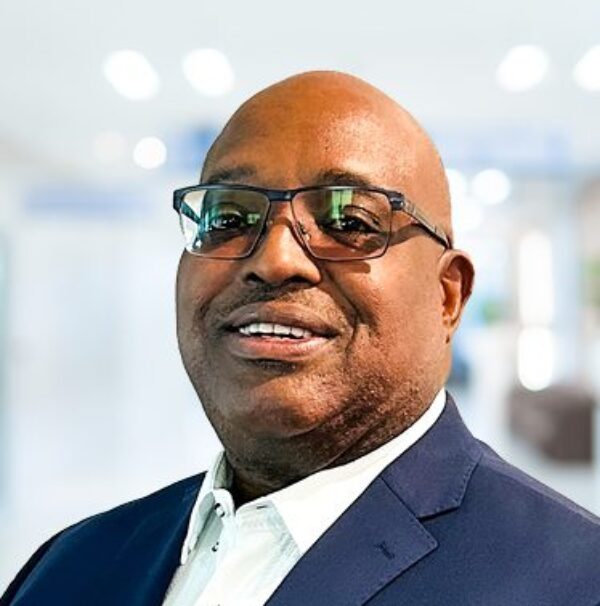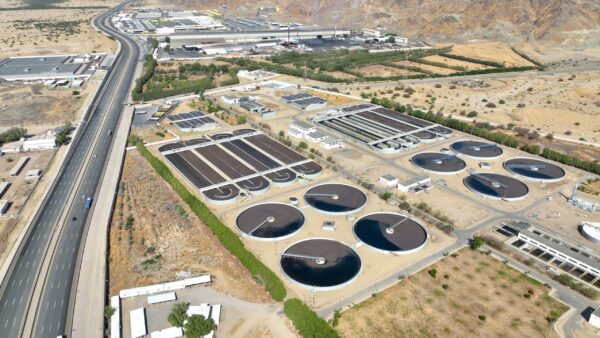
August 12, 2025 | Articles
Hill Welcomes Ben Schwenk as Senior Vice President in the Kingdom of Saudi Arabia

Year to year, technology is helping industries move forward. New tools deliver more precise and accurate data, improving processes and allowing staff to execute their functions more efficiently. While businesses in healthcare, banking, manufacturing, and other industries have taken great strides to transform their practices with new technology, construction consistently lags behind.
That lag has little to do with available technology. Construction technology is, for me, one of the most interesting and promising fields in the market. New hardware and software solutions have the potential to keep personnel safer during high-risk construction activities, streamline document submittals and responses, and reshape the way we think about project controls, and new functionalities and compatibilities enhance our existing tech all the time.
A critical question for construction, which notoriously involves major safety and financial risks and is filled with stakeholders with varying levels of technological comfort and capacity, is what will be the method of adoption.
I had the privilege of participating in a stimulating conversation about this topic at the Project Control Summit 2025 in Galveston, TX. The panel was called “The Great Debate: Old School vs. New School Project Controls,” but that may be a misleading title.

All the panelists agreed that new technologies, such as the latest project management information systems (PMIS), schedule analytics applications, and generative artificial intelligence, have the potential to improve project controls and can support more robust reporting, drive more accurate and standardized data, facilitate process automation, and provide better insights and objective analysis, all of which contribute to better project outcomes. We also agreed that “old-school” processes must help shape the application of new tech.

Our “Great Debate” actually focused on how to adopt emerging technologies: whether it is best to let adoption happen organically at the project level and use case studies to support investment in PMIS platforms over time, or whether organizations should take top-down approaches, with senior leaders mandating broad changes throughout their organizations and monitoring for compliance to support operational objectives.
Both sides made compelling arguments. The organic approach can provide evidence of benefits prior to full-scale implementation. This reduces risk and allows teams to tailor the schedule of their changes to the realities of their work. The top-down approach creates common methodologies, simplifying training and organizational knowledge sharing, and standardizes quality of service across an organization.
Without suggesting a clear winner, I would like to raise one important point, applicable to all organizations, by considering the question from the negative. Resistance to change at lower levels of an organization can slow down the adoption of new technologies and create employee (and potentially customer) dissatisfaction, but resistance from senior leadership will result in no change at all.
So, whether organic or top-down implementation seems correct for your organization, I encourage leaders in the construction industry to stay open to the possibility of technological change and adopting better ways of working. While the process should never be rushed, when the right time to step forward comes, leaders have to lead. Otherwise, as construction technology evolves, we risk getting left behind.

About the Author
Hill International, Inc. Vice President Jonathan Stewart is a construction leader with more than 29 years of experience transforming operational departments and projects by driving efficiency, accountability, and cost controls. He helps to bridge the gap between business and technology with expertise in managing complex programs and multiple concurrent projects. To speak with Jonathan about your project’s technology needs, contact him via email at [email protected].
Share

August 12, 2025 | Articles
Hill Welcomes Ben Schwenk as Senior Vice President in the Kingdom of Saudi Arabia

July 27, 2025 | Articles
The Infrastructure Puzzle: Robert Regalado’s Wholistic Business Development Approach

July 13, 2025 | Articles
Tech-Forward Contracting: A Much-Needed Construction Solution

June 23, 2025 | Articles
Jeffrey Hurley Joins Hill’s Northern California Rail Practice

June 23, 2025 | Articles
Ready, Set, Grow: First VP Chad Koelling Takes Charge of Hill’s Mountain West Region

June 8, 2025 | Articles
PMO in Saudi Arabia: The Holistic Approach to Realizing a National Mega-Portfolio